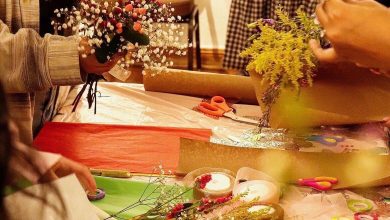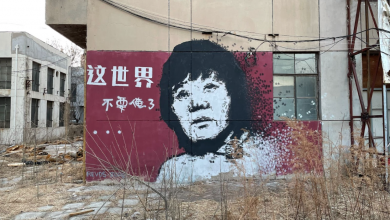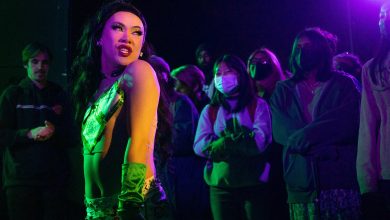Kick-Ass Native American Women
Women–particularly those of Native American, African American, Asian American, and Latino descent–are readily ignored in U. S. history courses and textbooks. Such disregard for women of color throughout history leads to the minimizing of their political, social, and economic contributions to American society. Because Anglo, middle-class men fill the pages of our textbooks, we are led to believe they are solely responsible for building the nation.
Annual occurrences like Black History Month, Hispanic Heritage Month, and Asian Pacific American Heritage Month work to prompt discussion, education, and recognition of the prominent roles these communities have played, and continue to play, in the course of American history. Although, in theory, these commemorative celebrations sound like good ideas, very rarely are they even acknowledged.
This November, let’s take the time to acknowledge and educate ourselves about Native American Heritage Month.
So, in true FEM fashion, let’s celebrate kick-ass, Native American women in both historical and contemporary society.
A true bad ass, Sacagawea of the Northern Shoshone was the silent leader of the Corps of Discovery led by Lewis and Clark. The only woman on the expedition, she led the male explorers across difficult terrains, found edible plants, and served as interpreter. Did I mention she was pregnant at the start of the expedition? She performed these duties while pregnant and caring for her newborn son later in the expedition. Sacagawea also “served as a symbol of peace – a group traveling with a woman and child were treated with less suspicion than a group of men alone.”
As evidenced via Sacagawea, Native American women were traditionally revered, especially within their individual tribes. Like Sacagawea, these women played crucial roles within their societies. Traditional tasks included helping hunt and prepare game, gathering materials for the construction of homes, and making and mending clothes.
For more information on traditional roles of Native American women, here are some helpful links detailing these roles in Cherokee, Navajo, and Iroquois cultures.
Lorna Dee Cervantes is a feminist poet of Mexican and Chumash heritage. Originally barred from engaging in Spanish conversation, a conscious rule enforced by her parents to shield her from racial discrimination, Cervantes cites this “loss of language and subsequent inability to fully identify with her heritage [as having] fueled her later poetry.”
Self-identifying as a Native American Chicana, Cervantes often felt “adrift between two cultures.” Her inner struggle to find and claim an identity is ever present within her written works, where she navigates through her Chumash, Chicano, and Anglo worlds.
Emplumada, Cervantes’ first collection of poetry also tackles language and abuse.
Yvonne Wanrow of the Confederated Tribes of the Colville Reservation is best known for her legal contribution via State of Washington v. Wanrow. When William Wesler, a sexual predator, entered Wanrow’s home while intoxicated, she shot and ultimately killed him in self defense as he reached for her nephew. Prior to this incident, daughter of Shirley Hooper–a neighborhood friend of Wanrow’s, identified Wesler as her rapist. Additionally, she and Wanrow’s son recounted being coerced into Wesler’s home.
In this now famous court case, Wanrow helped redefine the concept of self-defense through a gendered lens. Ultimately, she helped establish the following precedent: when a person is being tried for self defense by a jury, the defendant’s “own perceptions of the situation […]” should be considered when evaluating whether he or she “reasonably believed that deadly force was necessary in the interest of self-defense.” The importance of this precedent lies within “he or she.”
Prior to the Wanrow decision, a standard jury was instructed to ask how a “reasonably prudent man” would have acted in cases of self defense. This allowed for the actions of all individuals tried, whether man or woman, to be measured against that of the average male. This judicial practice rendered individual experiences and perceptions of women invalid.
Amongst Sacagawea, Cervantes, and Wanrow are thousands of Native American women who have made, and continue to make, grand societal contributions. This November, let’s take the time to acknowledge and celebrate these kick-ass women.





